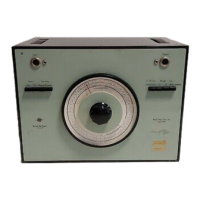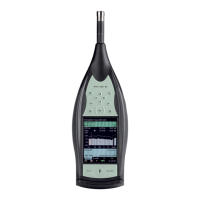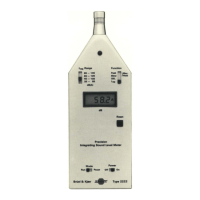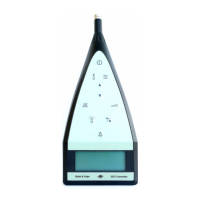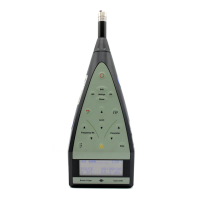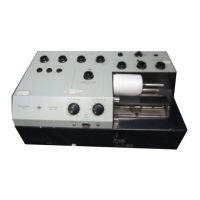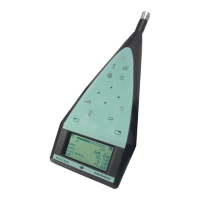FUSE
fitted in the instrument protects it, but
it
is recommended that the connections
from an external source
should be protected by a slow-blow fuse
or
other current-
limiting device
of
not more than 2 A rating.
Pin 1 carries current
only to power the Type 1213 (not to charge any batteries fitted).
Internal power conditioning accepts a voltage between
+6
to + 15 V DC. The power
required
will be more
or
less independent
of
voltage supplied, so lower voltages will
have
to
deliver more current than higher ones.
Pin 3 carries current to charge fitted batteries, which
should therefore be only
of
re-
chargeable types if this pin is used. Provided the external
supply fulfills the requirements
for
both charging and powering the instrument
(12
V,
1
A),
it
may be connected to both
pins 1 and
3.
NiCd rechargeable batteries may be charged via pin 3 from a power
supply whose open-circuit voltage exceeds +12 V DC only
if
it is current-limited to not
more than
0,4
A.
(Current-limiting can easily be achieved by wiring a suitable resistor in
series with pin
3).
At this current
QB
0008 NiCd batteries take approximately 14 hours to
receive a
full charge.
Pin 2 is common to both charge and power inputs. The battery and external power
circuits are
completely insulated from the measurement circuits, outputs and all exposed
metalwork
of
the Indoor Climate Analyzer. This insulation prevents earth-loops occurring
when a
supply source is shared by more than one instrument. It is not intended to
withstand potentially hazardous voltages.
When using the POWER/CHARGE
INPUT socket connected to a vehicle battery, avoid
running the engine with
only pins 1 and 2 connected, as voltage surges may damage the
instrument
or
cause measurement errors.
3.3. CALIBRATION OF THE INDOOR CLIMATE ANALYZER AND TRANSDUCERS
The Indoor Climate Analyzer Type 1213 and all the Transducers are calibrated during
manufacture, and no adjustments by the user are required.
The measurement accuracy
of
the Analyzer stated under "Specifications" in Chapter 1 is
the sum
of
the separate tolerances
of
the electronic measuring circuits and the various
Transducers. These tolerances are
small enough to ensure mutual interchangeability be-
tween
all manufactured samples
of
the Analyzer and the Transducers.
3.4. OPERATION
OF
THE INDOOR CLIMATE ANALYZER
This section describes how to use the Type 1213
for
taking measurements
of
the indoor
thermal environment. Additional information dealing with theoretical and background in-
formation about measurements, and applications literature, can be supplied on request
by
BrOel
& Kjrer representatives. Before use, the Type 1213 should be provided with a
suitable source
of
power as described in section 3.2.
3.4.1. Setting up the Transducers
Up
to
five different Transducers can be connected to the Indoor Climate Analyzer Type
1213 at the same time. These Transducers (Figs. 2 to 6 in Chapter
1)
measure different
parameters which can be used to describe and investigate an indoor thermal
environment.
21
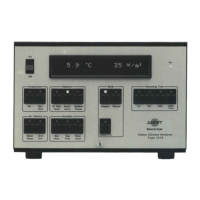
